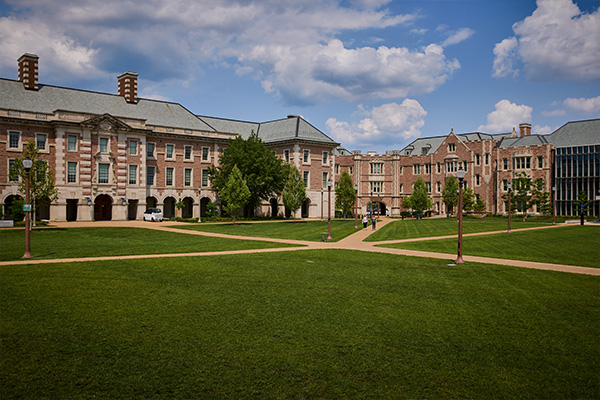
Song Hu
- Phone
314-935-3637 - Office
Brauer Hall, Room 2009 - Lab location
Brauer Hall, Room 2028
Education
PhD, biomedical engineering, Washington University in St. LouisBS and MS, electronic engineering, Tsinghua University, Beijing
Research areas
- Applications of Imaging in Science & Engineering
- Applied Physics
- Biomedical & Biological Imaging
- Biomedical, Bio-inspired, and Bio-derived Materials
- Cancer Imaging
- Cardiovascular Engineering
- Image Formation and Reconstruction
- Imaging in Radiology & Radiation Therapy
- Imaging Physics
- Imaging Science in Medicine
- Neural Engineering
- Neuroimaging
- Quantitative Imaging
- Quantum and Photonic Materials and Devices
- Signals & Imaging
- Women's Health Technologies
Expertise
Advances theranostics through the development of novel optical and photoacoustic technologies
Research
Song Hu’s research focuses on the development of cutting-edge optical and photoacoustic technologies for high-resolution structural, functional, metabolic and molecular imaging in vivo and their applications in neurovascular disorders, cardiovascular diseases, regenerative medicine, and cancer. In particular, his lab has invented multi-parametric photoacoustic microscopy, which enables simultaneous imaging of blood perfusion, oxygenation and flow at the microscopic level and lays the technical foundation for high-resolution oxygen-metabolic imaging. Moreover, his lab has developed the first-of-a-kind head-restrained PAM for high-resolution hemodynamic and metabolic imaging in the awake behaving brain, addressing a long-standing challenge in brain research.
Biography
Song Hu joins the McKelvey Engineering School from the University of Virginia, where he is an associate professor of biomedical engineering. He has published more than 60 peer-reviewed articles in journals including Science, Nature, Nature Neuroscience, and Proceedings of the National Academy of Sciences, and delivered more than 40 invited talks including a Neurotechnologies plenary talk at Photonics West and a President’s Symposium keynote talk at the annual Microcirculatory Society Meeting. His publications, including the fourth and sixth most-cited articles in Journal of Biomedical Optics since 2009 and the fifth most-cited article in Optics Letters since 2007, have accumulated over 6,000 citations (h-index: 30). He won the National Science Foundation CAREER Award in 2018 and the Ralph E. Powe Junior Faculty Enhancement Award in 2014. He serves on the editorial boards of Neurophotonics, Photoacoustics, and Scientific Reports.
Affiliations



